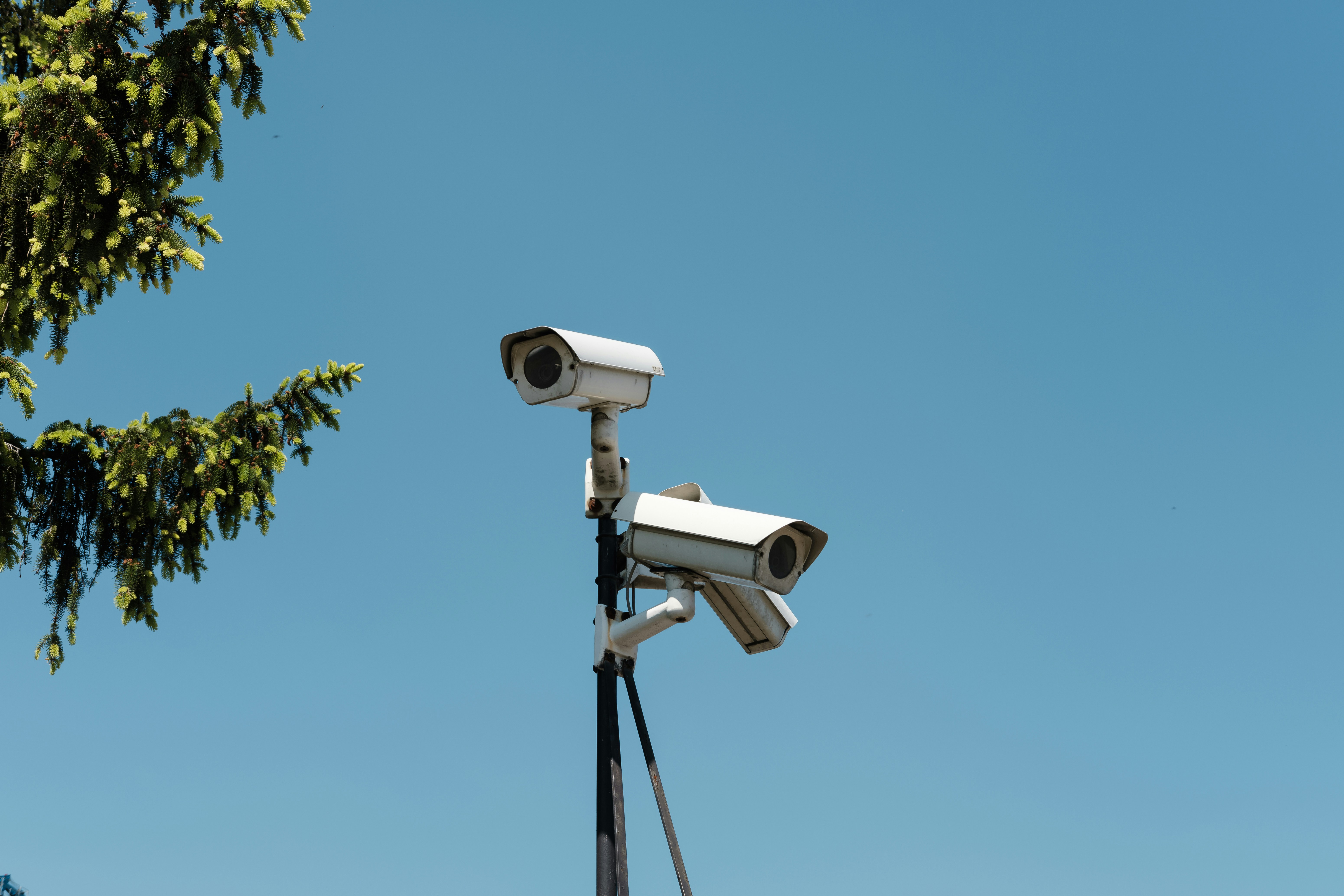Security cameras have become a fundamental part of modern surveillance systems, used in homes, businesses, and public spaces worldwide. However, their origins date back to the early 20th century, with their initial development serving military purposes. Over the decades, the technology evolved, leading to the widespread use and sophistication of security cameras today.
The Invention of Security Cameras (1942)
The first documented use of a security camera system occurred in 1942, during World War II, in Nazi Germany. German engineer Walter Bruch developed an early form of closed-circuit television (CCTV) to monitor the testing and launching of V-2 rockets. This system allowed scientists and engineers to observe rocket launches from a safe distance, ensuring the security of personnel and equipment.
This early security camera system was strictly for military use and was not accessible to the general public. It marked the beginning of a technological development that would later become integral to global security.
The Rise of CCTV (1960s)
The 1960s saw significant advancements in security camera technology and the transition of CCTV systems into civilian use. In 1960, the American company Vericon began promoting CCTV as a tool for business security. However, these early systems were expensive and limited to large organizations or government entities.
The first known public use of CCTV for crime prevention occurred in 1968, in Olean, New York. The city installed a basic surveillance system to monitor traffic and public spaces, marking the first time cameras were used for general public safety purposes. This was a key moment that set the stage for future use in crime prevention and law enforcement.
The Expansion of Security Cameras in the 1970s and 1980s
Throughout the 1970s and 1980s, security cameras became more accessible and affordable. Businesses, especially banks, retail stores, and casinos, started adopting CCTV systems to monitor customers and prevent theft. The technology was still in its infancy, with limited resolution and storage capabilities, but it laid the groundwork for more advanced systems.
Governments also began recognizing the potential of CCTV for public safety. In the United Kingdom, cameras were introduced in public areas, especially during times of heightened concern over crime and terrorism. This trend spread to other countries, with surveillance becoming a common tool for both private businesses and law enforcement agencies.
Digital Revolution and Modern Security Cameras (1990s–Present)
The 1990s brought the digital revolution, dramatically transforming the capabilities of security cameras. Analog systems gave way to digital recording, which offered clearer video quality, better storage options, and the ability to monitor footage in real time. Security cameras started using motion detection, night vision, and other features that significantly enhanced their effectiveness.
Internet Protocol (IP) cameras emerged in the late 1990s, allowing for remote viewing and control over the internet. This innovation allowed users to monitor live feeds from anywhere, marking a major leap in security technology. Wireless cameras also became popular, making installation more flexible and accessible.
By the early 2000s, security cameras had become a ubiquitous part of urban life. Businesses, public institutions, and even private homes began installing cameras for various reasons, from protecting property to monitoring employee activity.
Modern-Day Use and Advancements
Today, security cameras are an essential tool in law enforcement, business, and personal security. Advancements in artificial intelligence (AI) and facial recognition have further enhanced their capabilities. Modern security systems can identify suspicious activities, recognize individuals, and even alert authorities in real time.
Cloud storage, high-definition video (4K), and enhanced cybersecurity features have also become standard in modern surveillance systems. Whether for home security, business monitoring, or public safety, the technology behind security cameras continues to evolve rapidly, driven by the need for better protection and more sophisticated monitoring capabilities.
The invention of security cameras in 1942 was a pivotal moment in technological history, evolving from military usage into a widespread tool for public safety and crime prevention. Over the decades, security cameras have grown from basic, grainy footage to advanced, AI-powered systems that are now an integral part of modern life. As technology continues to advance, so too will the role of security cameras in creating safer environments for businesses, governments, and individuals alike.

Bir yanıt yazın